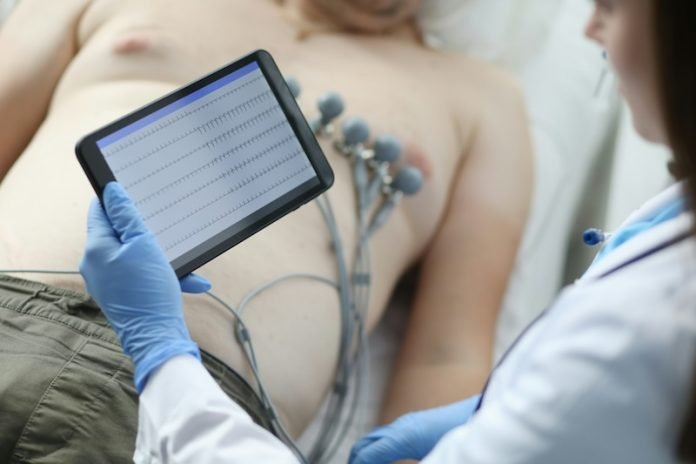
The term “Widowmaker” might sound like something out of a dramatic movie, but in the world of heart health, it represents one of the most serious and potentially deadly types of heart attacks.
Named for its high fatality rate and the speed at which it can take lives, the Widowmaker heart attack is a condition that demands immediate attention and understanding.
This article aims to demystify the Widowmaker, shedding light on its symptoms, survival rates, and crucial information for the general public.
At the heart of the Widowmaker is a blockage in the left anterior descending (LAD) artery, one of the main arteries supplying blood to the heart.
This artery is responsible for feeding a large part of the heart muscle, and a blockage here can severely impair the heart’s functioning.
What makes the Widowmaker especially dangerous is the extent of heart muscle at risk. If the blockage is not quickly resolved, the damage can be extensive, leading to a significant and often fatal heart attack.
Symptoms of a Widowmaker heart attack align with those of other heart attacks but can be more intense.
They include severe chest pain, which may feel like a heavy pressure or squeezing sensation, pain in the arms, back, neck, jaw, or stomach, shortness of breath, nausea, lightheadedness, and a cold sweat.
These symptoms can strike suddenly and with such intensity that they leave little doubt about the seriousness of the situation.
The survival rate for Widowmaker heart attacks has improved significantly with advancements in medical treatment, but it remains a deeply concerning condition.
Immediate medical intervention is crucial. Studies show that the chances of survival increase dramatically with rapid response to the onset of symptoms.
The use of treatments such as angioplasty (where a small balloon is used to open the blocked artery) and stenting (placing a small wire mesh tube in the artery to keep it open) within the first few hours can be life-saving.
Additionally, medications that dissolve blood clots can also be critical in the early stages of treatment.
The key to surviving a Widowmaker heart attack, and indeed any heart attack, lies in quick action. Recognizing the symptoms early and calling emergency services immediately can be the difference between life and death.
Public awareness campaigns have emphasized the importance of acting swiftly when heart attack symptoms are suspected, stressing that “time is muscle” — the longer the heart muscle is deprived of oxygen-rich blood, the more damage that occurs.
Prevention also plays a vital role. Factors that increase the risk of a heart attack, including high blood pressure, high cholesterol, obesity, smoking, and diabetes, can be managed with lifestyle changes and medication.
Regular health check-ups are important for identifying these risk factors early and taking action to address them.
In conclusion, the Widowmaker heart attack is a potent reminder of the importance of heart health. Understanding its symptoms and the urgency required in responding to them can save lives.
Advances in medical treatment have improved survival rates, but prevention, awareness, and quick action remain the cornerstone of combating this deadly condition.
Taking steps to maintain a healthy heart and being vigilant about potential symptoms are crucial strategies in the fight against the Widowmaker and heart disease as a whole.
If you care about heart health, please read studies about Scientists find a new cause of heart rhythm disorders and findings of Eating just one cup of nitrate-rich vegetables daily can reduce heart disease risk.
If you care about heart health, please read studies that vitamin K helps cut heart disease risk by a third, and a year of exercise reversed worrisome heart failure.
Copyright © 2024 Knowridge Science Report. All rights reserved.



